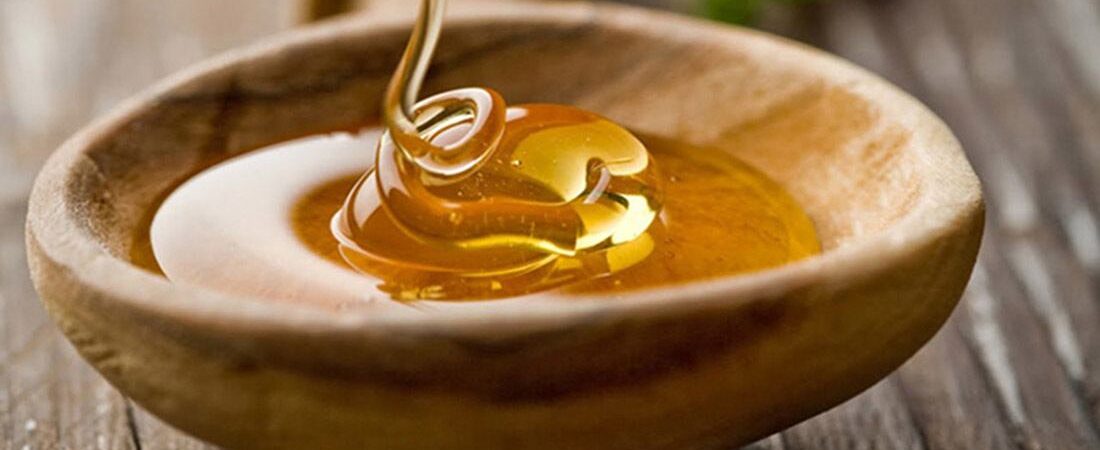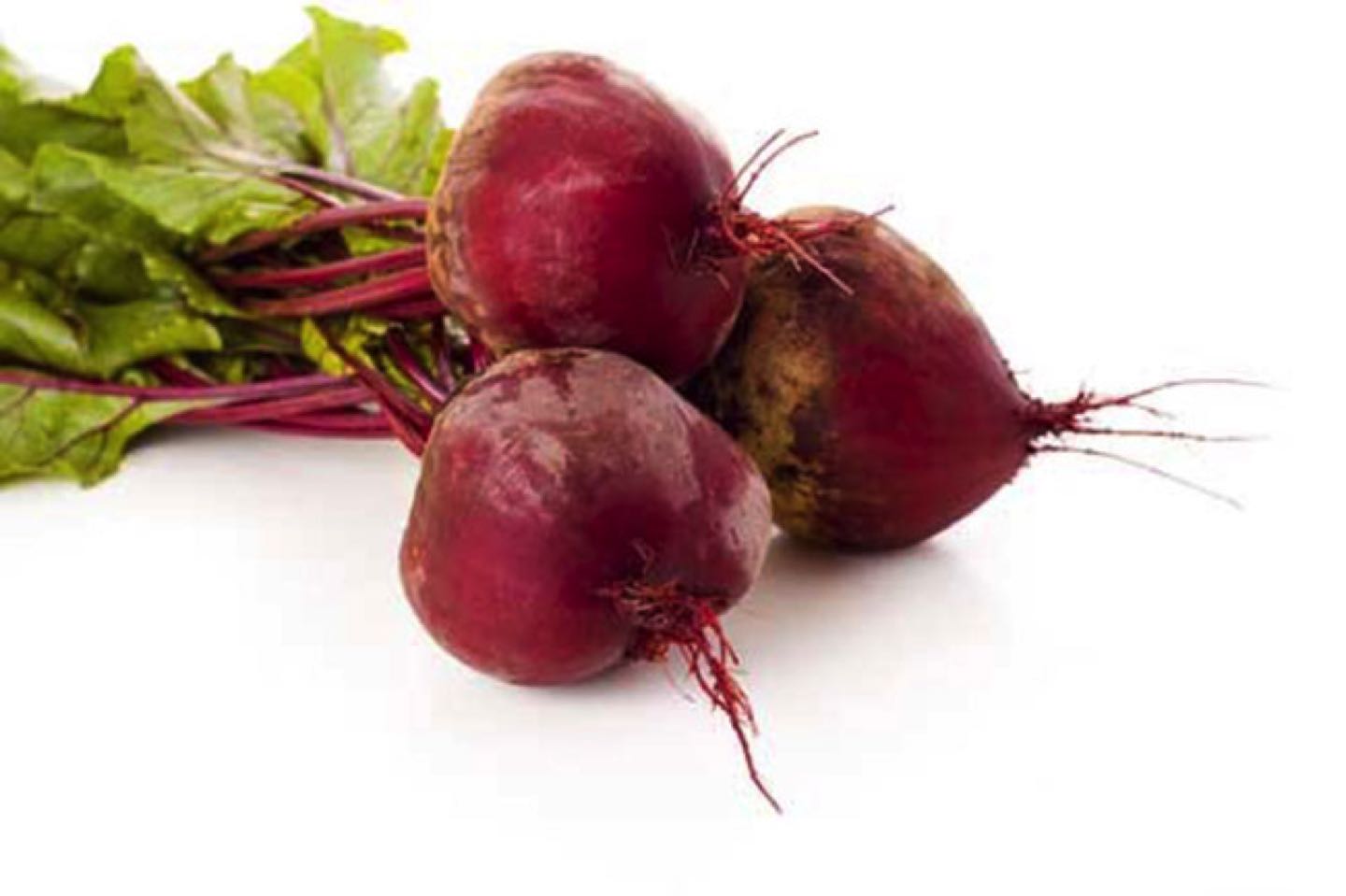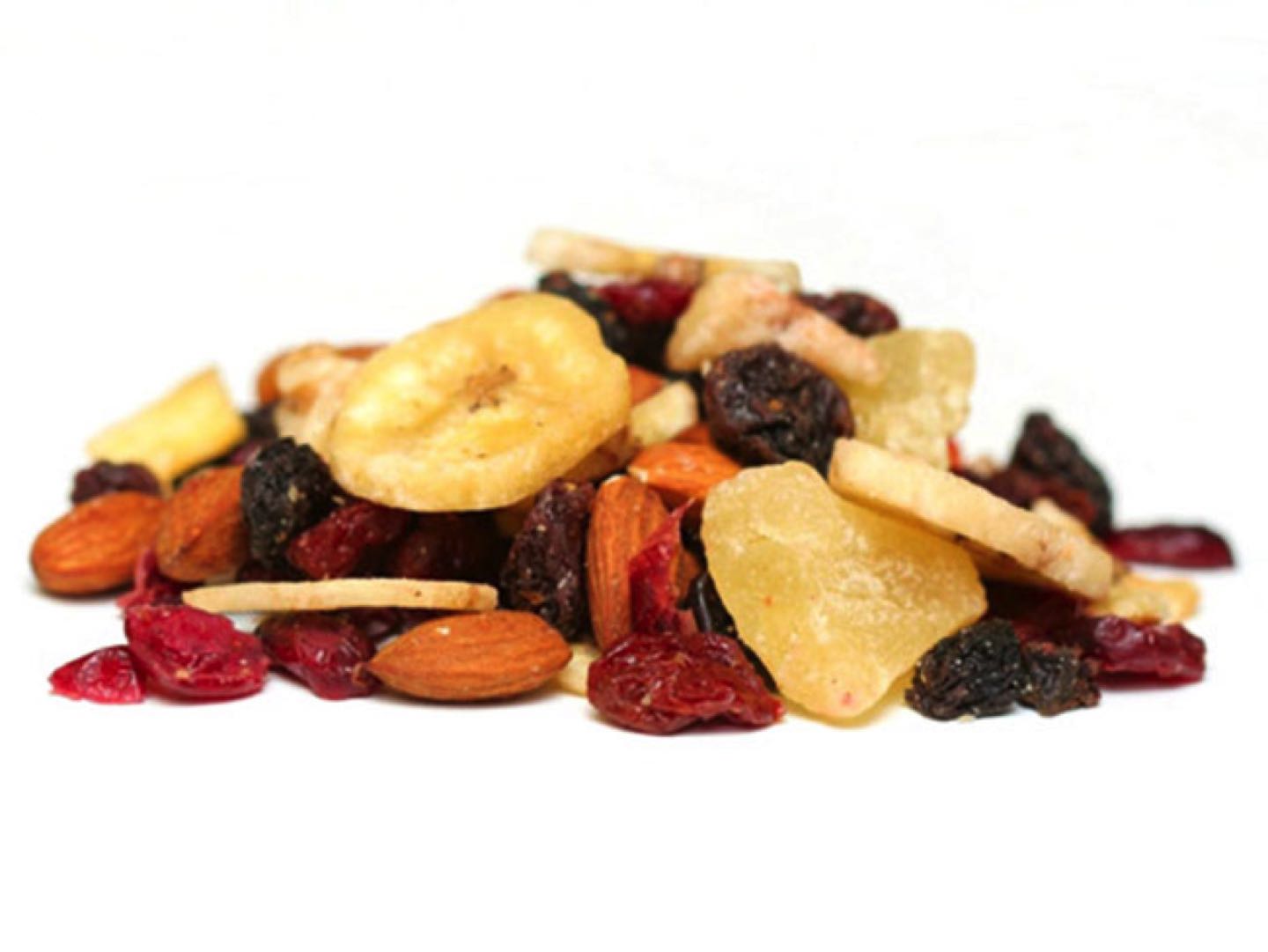Subscribe to our newsletter
Receive news and benefits on health and wellness.

SHA Magazine Be SHA
In modern society, a natural mild sweet taste no longer exists. Foods are becoming sweeter and sweeter as more and more sugar is added to drinks, desserts, breads and most processed foods. In the 1950´s people ate an average of 5lbs of sugar per year. Today the average sugar consumption is about 158lbs per person per year. And people are drinking an average of 60 gallons of soda per year. This is causing great harm to our health on many levels, physically, mentally and emotionally.
However, all is not lost and we can, once again, get back to enjoying mild, nourishing sweet tasting foods. Mild sweet is actually considered to be one of the most balanced tastes. It helps us to feel soothed and relaxed and also strengthens the immune system. There are plenty of healthy, whole foods that have a naturally sweet and delicious taste. Here are 15 ways to sweeten your food without using refined sugar.
Vegetables are one of the best ways to add natural sweet into your daily diet. Roots and round vegetables are deliciously sweet as well as celery, Chinese cabbage, and sweet potato. Carrots can be grated and added to muffins, cakes, and cookies. They make a wonderful sweet juice alone or with other vegetables. Beets are fantastic in cakes, smoothies, and sauces. Onions have a surprisingly high sugar content. Cooked slowly over a low heat, the sweetness comes out. Use in sauces, soups, or as a vegetable spread. Generally, sweet vegetables can be used in juices, smoothies, baked in the oven or made into marvelous pureed soups that are sure to sooth the sweetest tooth.

Having whole grains on a daily basis provides a naturally sweet foundation for your meals. And the longer you chew them, the sweeter they taste. Whole grains are packed with fiber that help to slowly release carbohydrates into the blood stream and provide an even, steady energy rather than the rollercoaster ride of sugary foods.
Brown sweet rice mochi is a wonderful warm, chewy and naturally sweet grain. Serve it pan fried with a little cinnamon and brown rice syrup or bake a few squares, dip it in some nut butter and add a garnish of sauerkraut for a energy boosting snack. There is a cinnamon raisin version which can be lightly boiled until soft and chewy.
Commercial salad dressings can have a lot of hidden sugar in them. Make your own salad dressing with a pinch of salt, olive oil and lemon juice, and sweeten it with a squeeze of juice from an orange.
Dried fruit is a concentrated source of natural fruit sugar so should be used sparingly. However, small amounts are fine. Use raisins, or chopped dried apricots in your morning porridge or combine a selection to make a delicious winter fruit salad. Be mindful when purchasing dried fruit since some types contain added, refined sugar during the dehydrating process.

Dates make excellent sugar substitutes in salad dressings, baked goods, desserts, and other foods. Though they obviously contain their own natural sugars, dates are a healthier form of sweetness that also happens to add a delightfully soft texture to foods.
Add cinnamon, nutmeg, or vanilla powder to fresh fruit, smoothies, puddings, applesauce or your favorite hot drink. The added flavors take away that desire for extra sweet.
We’ll share more alternatives to sweeten without sugar next week!
Receive news and benefits on health and wellness.
